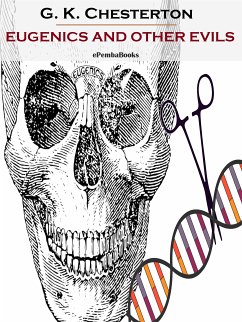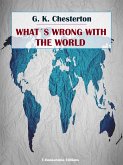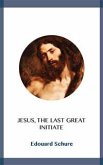- This edition includes the following editor's introduction: G. K. Chesterton, the man beyond the writer
The early twentieth-century was a time when many works, including popular essays, were written on eugenics and eugenic theory, usually to promote the ideas. However, significant anti-eugenic essays also circulated, the most famous of which is “Eugenics and Other Evils” ( AKA Eugenics and Other Evils: an argument against scientifically organized state), written by English author and philosopher G. K. Chesterton and originally published in 1922, just a few years after the close of the 'Great War.'
In “Eugenics and Other Evils,” Chesterton argues that eugenic laws are a means of suppressing the poor, and predicts the abuse of eugenics. The book was influential enough that the British Parliament began to question eugenic legislation, and indeed eugenic legislation as existed in the United States was never passed in Great Britain.
Dieser Download kann aus rechtlichen Gründen nur mit Rechnungsadresse in A, B, BG, CY, CZ, D, DK, EW, E, FIN, F, GR, HR, H, IRL, I, LT, L, LR, M, NL, PL, P, R, S, SLO, SK ausgeliefert werden.









